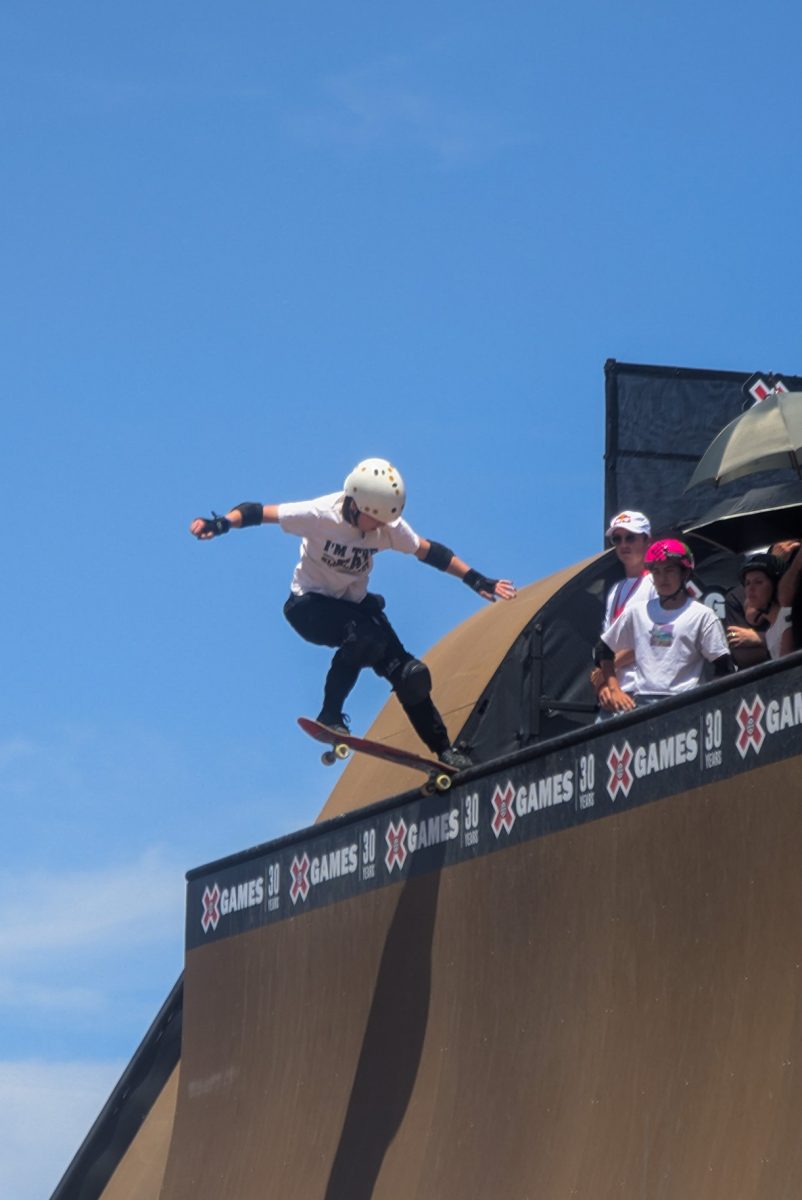Athletes fly around the track, whizzing by in their respective countries’ uniforms, fighting for a gold medal and national pride in Olympic speedskating.
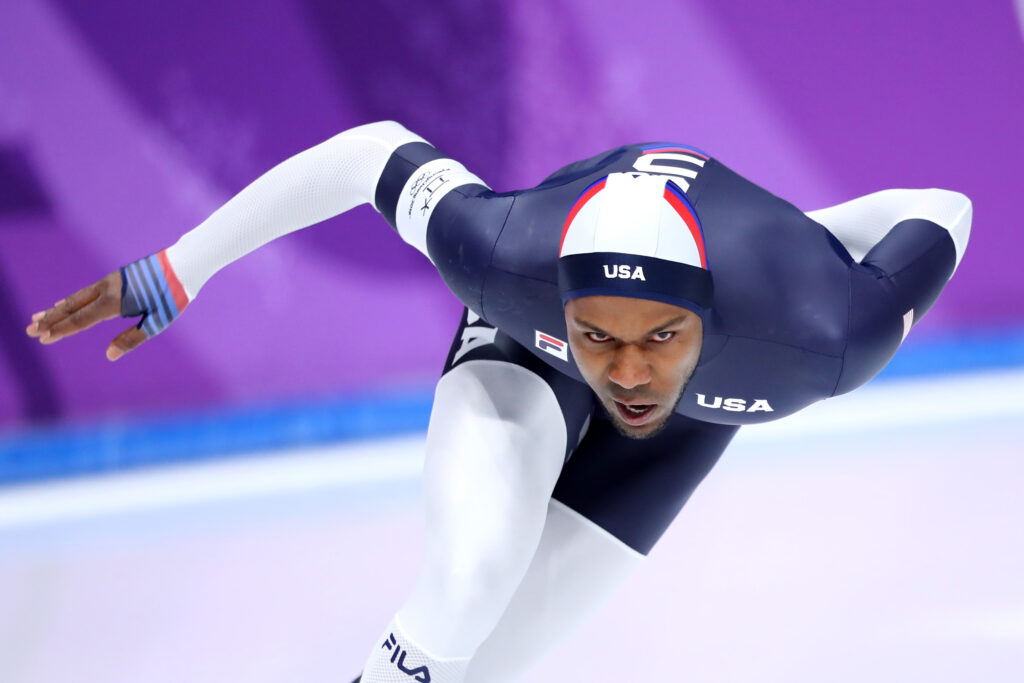
Long track speedskating was introduced as an Olympic sport during the first Winter Olympics in 1924 in Chamonix, France. The sport grew to include women’s events in 1960.
The 2018 Olympic games in PyeongChang, South Korea, will feature seven events each for men and women skaters.
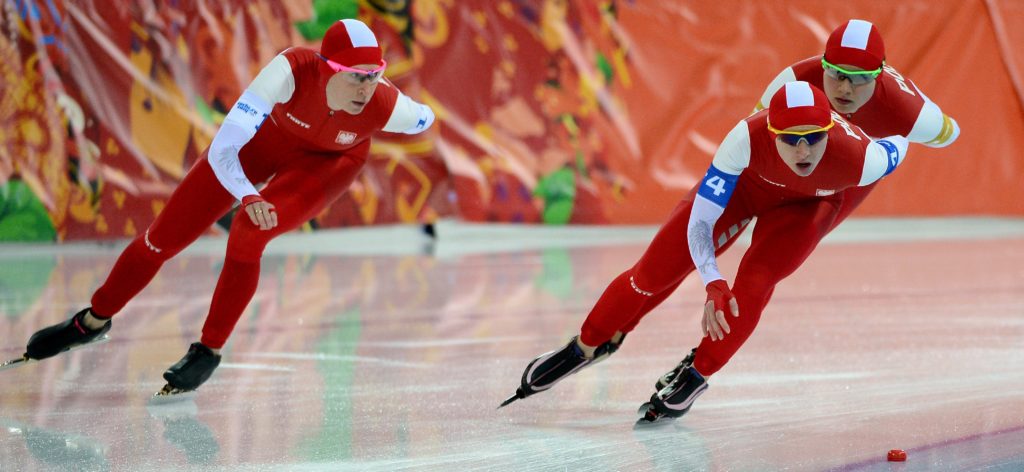
Short track speedskating is a relative newcomer to the Olympic program. While short track competitions began in 1905, Olympics.org notes that the sport was not officially recognized by the International Skating Union until 1967. It debuted as a demonstration event in the 1988 Calgary games and was added as an official medal event at the 1992 Albertville Olympics.
Although long track and short track share similarities in distance and events, the main difference between the two is the type of track the skaters glide on.
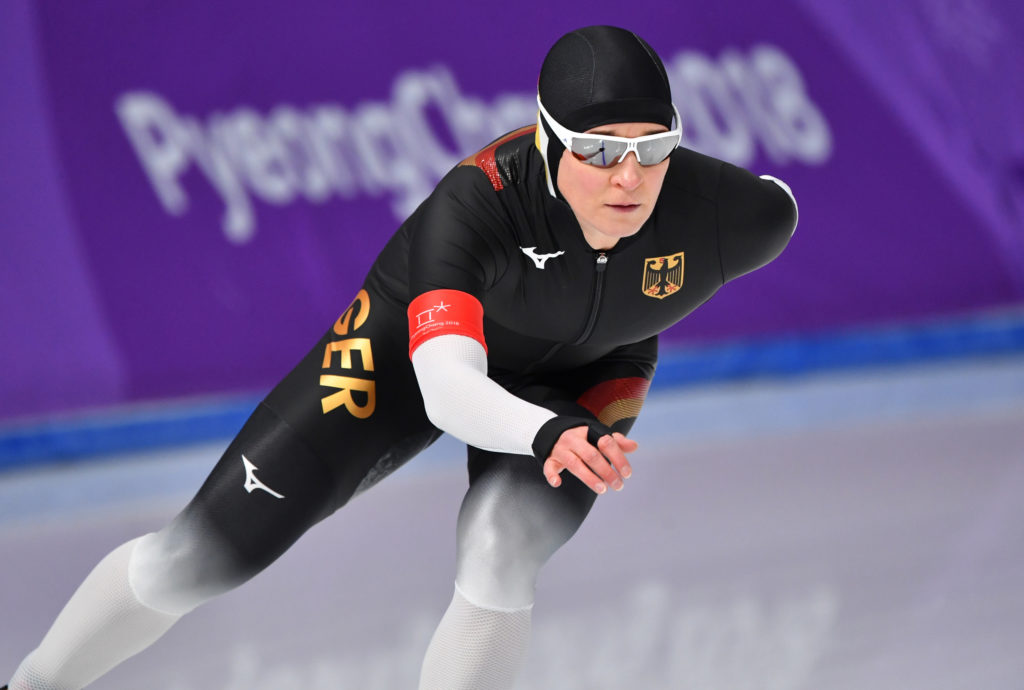
As writer Daniel Yeow explained, “In short track, races are conducted pack-style around a track measuring 111.12 meters, whereas in long track, skaters race in their own lanes and are run in pairs around a 400-meter track.”
One of the commonly broken rules of the sport, according to NBCOlympics.com, involves false starts: “If one of the skaters breaks from his mark [early], thereby causing the other skater to follow him, only the skater at fault is given a false start warning.”
Once a false start warning is issued, any skater will be disqualified for a subsequent false start.
Long track skaters must stay within the boundaries set on the ice, although skaters are required to change lanes once during each lap because the inner lane of the speedskating oval covers a shorter distance than the outer lane.
If a skater fails to change lanes or prevents another skater’s lane change, the offender could be disqualified from that race.
Unlike long track skaters, who race against a timing clock, short track skaters race against each other in a pack. The tightly-compressed athletes must avoid contact with each other as they sprint around hairpin turns at a breakneck pace. The winner usually breaks from the pack during the final lap, and skaters often tangle skates and limbs as they jockey for position on the track.
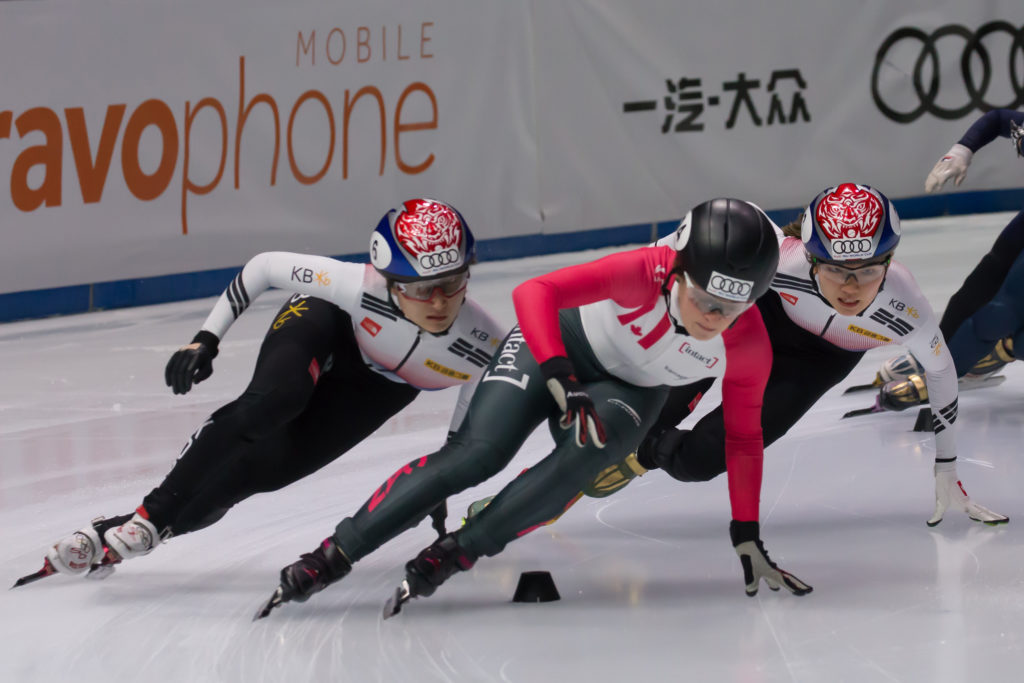
For this year’s Olympics in South Korea, 13 American athletes will compete in long track events, while eight will race in short track events.
Two female athletes competing in long track hail from Utah. Carlijn Schoutens lives in West Jordan and was the first athlete to qualify for this year’s long track events. She will compete individually in the 3,000 and 5,000-meter races as well as the women’s team pursuit event. Jerica Tandiman, from Kearns, will compete in the 1,000-meter race. Both Schoutens and Tandiman will be competing in their first Winter Olympics this year.
Schoutens’ path to the Olympic games was filled with twists and turns. She was originally born in 1994 in New Jersey, but her family moved to the Netherlands shortly after her birth, giving her dual citizenship. When she turned 19, she decided to return to the United States to train and compete full time in Salt Lake City.
Speaking with TeamUSA.com about her decision, Schoutens said, “The Netherlands is definitely the number one speedskating country in the world… but in the end, there’s only so much you need to succeed. If you have one good team, one good coach and one good oval, that’s all it takes. I could find all that in Salt Lake City.”
In an interview with NBCOlympics.com, Tandiman shared how she first got interested with speedskating: “The 2002 Olympics were my earliest memory of seeing the Olympics. The speedskating events were held at the [Utah Olympic] Oval, which was practically built in my backyard.… I didn’t then know that I would later be chasing an Olympic dream of my own.”
Speedskating preliminaries began on Feb. 10 and continue until Feb. 22 for short track events. Long track events continue until Feb. 24.












